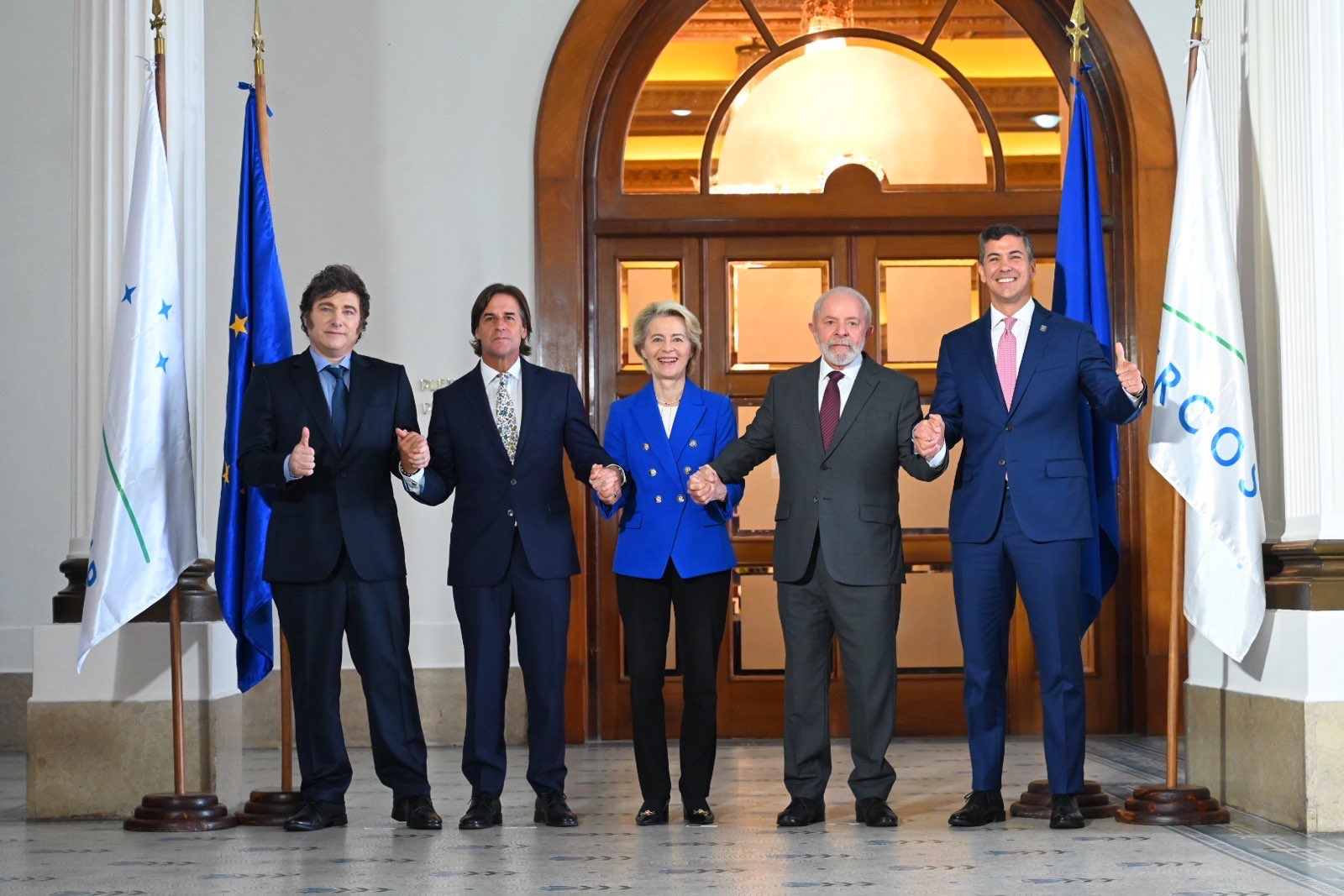APEC Leaders Make Case for Open Markets
APEC Leaders Make Case for Open Markets
Facing a global financial crisis, 21 leaders met in Lima to caution against protectionism and call for resumption of the Doha Round of trade talks. The APEC summit also served as U.S. President George W. Bush's last scheduled trip abroad, where he pressed for “free markets, free trade, and free people.”
This weekend’s summit of 21 Asia-Pacific in Peru had its share of historic moments, from the highest-level meeting of Chinese and Taiwanese officials in 60 years to U.S. President George W. Bush’s last scheduled foreign trip while in office. Coming at a time of global economic uncertainty, the annual Asia-Pacific Economic Cooperation (APEC) conference also gave leaders a chance to make the case (PDF) for trade liberalization and resurrecting the Doha Round of trade talks. Though a date has not been set for a meeting on Doha, leaders pressed for talks in December. Attendees also called for a study into prospects for regional free-trade zone, the Free Trade Area of the Asia-Pacific, and stated they can work together to help overcome the financial crisis in the next 18 months. APEC’s 21 member economies represent more than a third of the world’s population, over half of global GDP, and just over 40 percent of world trade.
During his Saturday address at the summit, Bush proposed three pillars for economic growth: “free markets, free trade, and free people.” He warned that, although free markets had come under criticism in recent months during the global credit crunch, countries must not turn toward protectionism. The president also rebuked U.S. Congress for failing to approve free-trade agreements with Panama, South Korea, and Colombia—the last of which is seeking APEC membership. As leader of the host country, Peruvian President Alan García echoed Bush’s free-trade call and said, “The fast pace of manufacturing and trade between APEC member economies will lead to more international growth and global employment.”
While the APEC meeting offered Bush a chance to meet with several leaders for the last time, some presidents look toward the upcoming administration in their remarks. In particular, Mexican President Felipe Calderón cautioned President-elect Barack Obama against renegotiating the North American Free Trade Agreement (NAFTA), saying, “The day access is closed, workers will jump over whatever river or wall you put there.” Canadian Prime Minister Stephen Harper also warned against reopening NAFTA while Chinese President Hu Jintao stressed that the next administration should recognize the importance of U.S.-China ties.
The summit also offered leaders the chance to forge deals on the sidelines. Beijing and Lima agreed on a trade deal that could result in a 90 percent tariff reduction on Chinese goods entering Peru. The deal, which still faces final approval in both countries, may take effect by the second half of 2009 and could lead to Beijing overtaking Washington as Peru’s primary trade partner. APEC provided a forum for China to test out its growing presence on the global economic stage; official Chinese media reported that Beijing had “stolen the limelight” because of its “national strength.”
Hu also met with his Russian counterpart Dmitry Medvedev, with the two leaders committing to deepening bilateral cooperation. Both countries used their trips to deepen ties with Latin America as well. Before arriving in Lima, Hu traveled to Costa Rica and Cuba to sign cooperation agreements. His trip comes as Sino-Latin American trade explodes, rising from just $13 billion in 2000 to $111 billion in the first three quarters of 2008.
APEC as a launching pad for Medvedev’s Latin American tour, with stops planned in Venezuela, Brazil, and Cuba. The Russian leader’s stop in Caracas coincides with joint naval exercises off the Venezuelan coast, featuring a Russian nuclear-powered warship. An article in the Christian Science Monitor, which includes a graphical explanation of the warship’s power, reports that Moscow’s growing Latin American ties not only create tensions with Washington but also leads up to stepped-up arm purchases in the region.
Read an AS/COA analysis about Russo-Venezuelan ties.








